Virtual and Augmented Reality in Personalized Learning
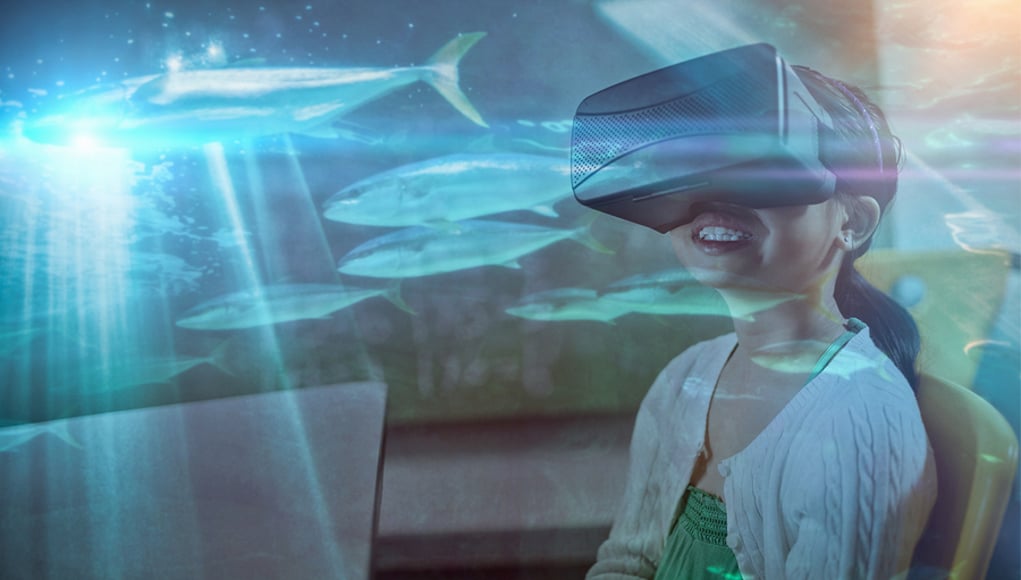
The intersection of Virtual Reality (VR) and Augmented Reality (AR) and personalized learning is a pool into which current technology has only begun to dip its toes, but it is a topic that conjures up fantastic (in the literal, J.K. Rowling sense of the word) possibilities.
I’m not just talking about pulling competency-appropriate 3D lessons from a repository of ready-made material, or VR training for the operation of heavy machinery.
I like to imagine what a learning experience would look like wherein students have access to VR that is both tied to curriculum and automatically tailored to their competency via machine learning–aspects that are sorely missing in many current educational VR experiences (and which, admittedly, can instill a little apprehension when taken to the extreme).
A hundred years from now, that could take a million different shapes. For a high school student, it might look like an SEL-oriented history VR experience, wherein the student could take the role of King Louis XVI with the mission of preventing the French Revolution, with challenge levels adapted based on introductory conversations with an AI. For an elementary or middle school student, an AR experience could be something simpler, such as looking out at a city skyline and having a sensor judge how far away a building is before requiring the student to use trigonometry to determine its height, accompanying efforts with corrective lessons and scaling difficulty determined by complex algorithms.
However, these possibilities are still a long way off. How will we get there? One of the first steps will most likely have to be something that enables teachers to get hands-on in developing AR experiences for their students efficiently and effectively.
One company making strides in this direction is GoMeta. GoMeta, through their Metaverse app, wants to makes it easy for anyone (especially non-techies) to create interactive experiences in AR without having to write complex code. GoMeta is about a year old, with many of their team coming from the media departments of giants like Google and Disney, and former giants like Myspace Music.
As an example, the co-founders of the product took me through a 15-minute demo in which they created a “Hot dog/not hot dog” app by dragging and dropping a few simple buttons (one of which connected to Google’s image content analysis API) onto Metaverse’s grid interface (Editor’s note: the following video contains “R”-rated language):
By combining “scenes” and “blocks,” both teachers and students are able to develop a wide range of augmented reality experiences featuring a variety of fun characters while practicing computational thinking, all without have to learn complex coding languages. What’s more, it’s free. To start creating experiences, you just need to create an account for the Metaverse Studio. To view or test your experiences, you’ll need to have the Metaverse app installed (available on iOS and Android).

One of the most exciting aspects of Metaverse is the community behind it. By opening up a free marketplace in which creators can share their creations, GoMeta is providing a context in which educators (and students) can throw a lot of different app ideas at the wall and see what sticks. That will be valuable not just for their own classrooms, but also for developers seeking insight into what teachers want, eventually enabling the further facilitation of content creation in Metaverse and the development of other useful tools.
While there is still much progress to be made before the average teacher will be able to truly personalize lessons with AR and VR (it’s a tall order to make app development quick and easy for the layman), Metaverse could easily be the first step in that direction. Perhaps more importantly, this is the type of platform that, if taken to a much larger scale with a wider base of teachers developing personalized apps, could provide machine learning data that would eventually enable self-refining apps to tailor themselves to a student’s level of competence.
While there are a lot of modal verbs in that idea, it’s nonetheless an exciting (and fun) one to consider.
For more, see:
- 7 Top Educational Virtual Reality Apps
- Around the World in 80 (School) Days with Virtual Field Trips
- Learning With Virtual Reality Ignites Creativity and Career Exploration
Stay in-the-know with all things EdTech and innovations in learning by signing up to receive the weekly Smart Update.




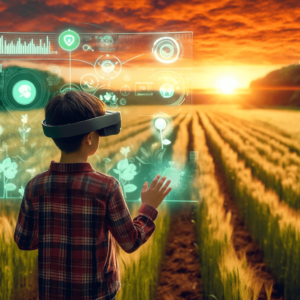
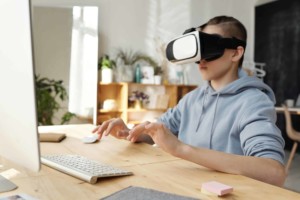
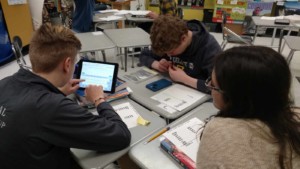
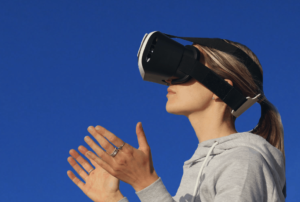
0 Comments
Leave a Comment
Your email address will not be published. All fields are required.